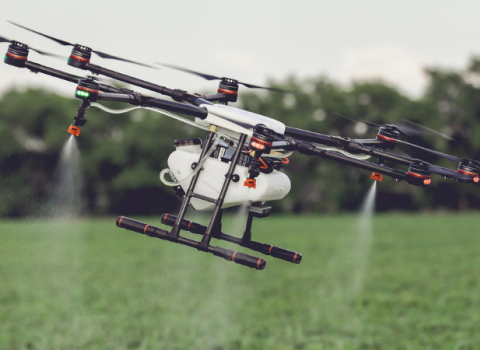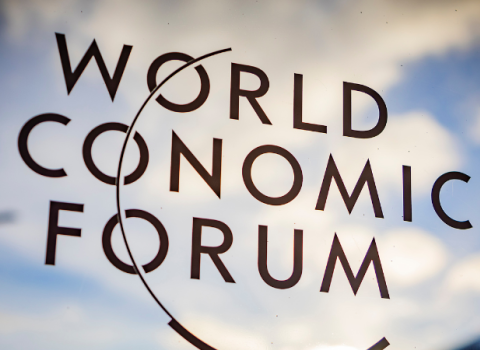The ongoing conflict between Nokia and Qualcomm
is shaping up to be one of the defining IT IP (Information
Technology-related IP) events of the early 21st century. Its outcome
will affect not only the market position of the two combatants but also
the approaches to patent valuation in this area as well as the relevant
royalty calculations, not to mention the development and exploitation
of industry-wide standards.
The core of the battle is not so much about the validity of patents but about their economic implications. Before discussing the prospects for the case, let’s recall its background.
Qualcomm, one of the gladiators of IT IP,
owns key patents for 3G, the next generation of mobile communication
networks. The relevant technology comes in two variants: CDMA2000, a
direct descendant of earlier generation of CDMA networks, and W-CDMA
(also referred to as UMTS), which is the 3G technology path migration
for GSM networks.
On the basis of current trends, it would appear that W-CDMA will ultimately gain a considerably larger market share than CDMA2000.
Qualcomm’s position has been that its contribution and patent
coverage was as important for W-CDMA as it was for CDMA2000. This
position appeared to be validated by official telecom standard
organisations such as ETSI (the European Telecommunication Standard
Institute) and more importantly by other suppliers, including Nokia,
who all signed in the last five years licensing agreements concerning
W-CDMA patents. However, with deployment of the full-scale deployment
W-CDMA network approaching, many suppliers felt that licensing costs
were excessive and adversely impacted the speed of deployment.
Nokia was in the forefront of offensive against Qualcomm for several
years now. Its action was multi-fold and included a complaint (with
eight other suppliers) in October 2005 to the European Commission.
Its particular focus however was on W-CDMA, which according to Nokia was a very different case from CDMA2000. Nokia refused to accept that the Qualcomm patents were central to deployment of the former, arguing, on a basis of a 2005 study by two US academics (study funded by Nokia), that the number of W-CDMA patents was lower than that owned by Nokia and the bulk of Qualcomm patents were of the not essential variety. It made plain and public that Nokia wanted to renegotiate licensing agreement, which was due to expire on 9 April.
Qualcomm, not surprisingly, rejected with its usual vehemence the
arguments of Nokia. It argued that most patents filed by Nokia
had limited value and it hired its own advisers to rebut the Nokia
study.
Qualcomm’s advisers argued
that the methodology of Nokia study was flawed as the value of a patent
portfolio is not a function of the number of patents. Qualcomm also
stressed a large number of existing W-CDMA agreements with important
industry participants, including Motorola and Alcatel Lucent, some of
which were signed recently.
The vigour of Qualcomm’s defence has been based on a strong
conviction that any substantial concession to Nokia may trigger a wave
of similar or tougher demands from other licensees. And given
Qualcomm’s dependence on royalties as a major source of revenue, the
impact of the royalty decision, whatever it is, on the company is
likely to be considerably greater than on Nokia.
This may explain the recent volatility of Qualcomm shares: as the conflict is widely publicised, any news affects expectations and in turn moves the stock price, often significantly (with monthly variations of over 10 per cent and daily variations of over 1 per cent).





 A unique international forum for public research organisations and companies to connect their external engagement with strategic interests around their R&D system.
A unique international forum for public research organisations and companies to connect their external engagement with strategic interests around their R&D system.